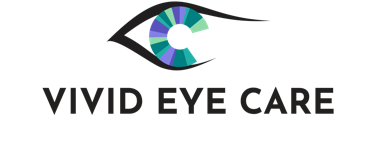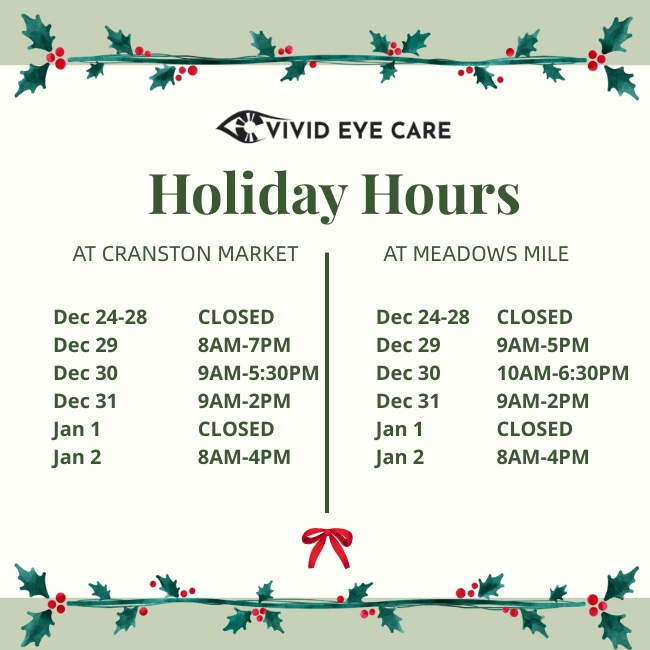Myopia is among the four refractive errors and is a leading cause of vision impairment in Canada. In fact, studies suggest that myopia is becoming more prevalent in western cultures.
Myopia, along with its cousins hyperopia, astigmatism, and presbyopia, impairs vision through a physical irregularity in the shape or size of the eye. This physical problem means that medications are unable to improve sight in someone that has myopia- only corrective lenses or laser eye surgery are effective treatments.
AKA, Nearsightedness!
Myopia is more commonly referred to as nearsightedness or being short-sighted (not that type of short-sighted).
What is a “Refractive Error”?
Good question- we’re glad you asked! Refractive errors are the reasons why nearly 70% of Canadian adults wear eyeglasses.
Understanding Refraction
To understand what a refractive error is and how it influences sight, we have to first understand how our eye sees:
- When light reaches our eye, it passes through the cornea
- The cornea refracts the light onto the surface of the retina
- In a normal refraction, this process results in clear vision!
What Causes Myopia?
Many people have eyes that are “too long” from the lens to the back of the eye, creating the conditions that cause myopia. In a myopic eye, the refractive error causes incoming light to focus in front of the retina instead of on top of it.
Alternatively, myopia can be a result of an excessive curve in the cornea, lens, or both. An excessive curve – relative to the length of the eyeball – causes the eye to improperly focus light.
Symptoms
- Distant objects are hard to see. They may be blurry, hazy, or washed out.
- Eye strain. People with myopia tend to squint in order to focus, straining the eye muscles and even causing pain the neck and shoulders.
- Difficulty seeing at night
- Headaches (due to eyestrain)
Treatments to Correct Myopia
Treatments for nearsightedness have advanced significantly in the past 20 years. Today, there are three main ways to treat myopia: corrective lenses, corneal reshaping therapy/myopia control, and laser refractive eye surgery.
Corrective Lenses
Eyeglasses and contact lenses are worn by nearly 70% of Canadian adults. Both types of corrective lenses correct the refractive error while they are worn. They are minimally invasive and are easy to integrate into your daily routine.
Myopia Control / Corneal Reshaping Therapy
Effective for treating myopia and astigmatism (but not so much for hyperopia), myopia control works by using specialized contact lenses – worn overnight – that reshape the cornea and correct the refractive error.
After a full night of wear, you can expect anywhere between 10 and 14 hours before you need to wear glasses or reinsert your CRT lenses.
Learn more about myopia control
Laser Refractive Eye Surgery (AKA, LASIK)
A long-term and often permanent solution, this minimally invasive surgical procedure is performed tens of thousands of times per year across Canada. Compared to corrective lenses or myopia control, this surgery is a more involved and long-lasting process.
While refractive surgery is quite safe, there are risks of side effects and complications. Read more about laser eye surgery.





















